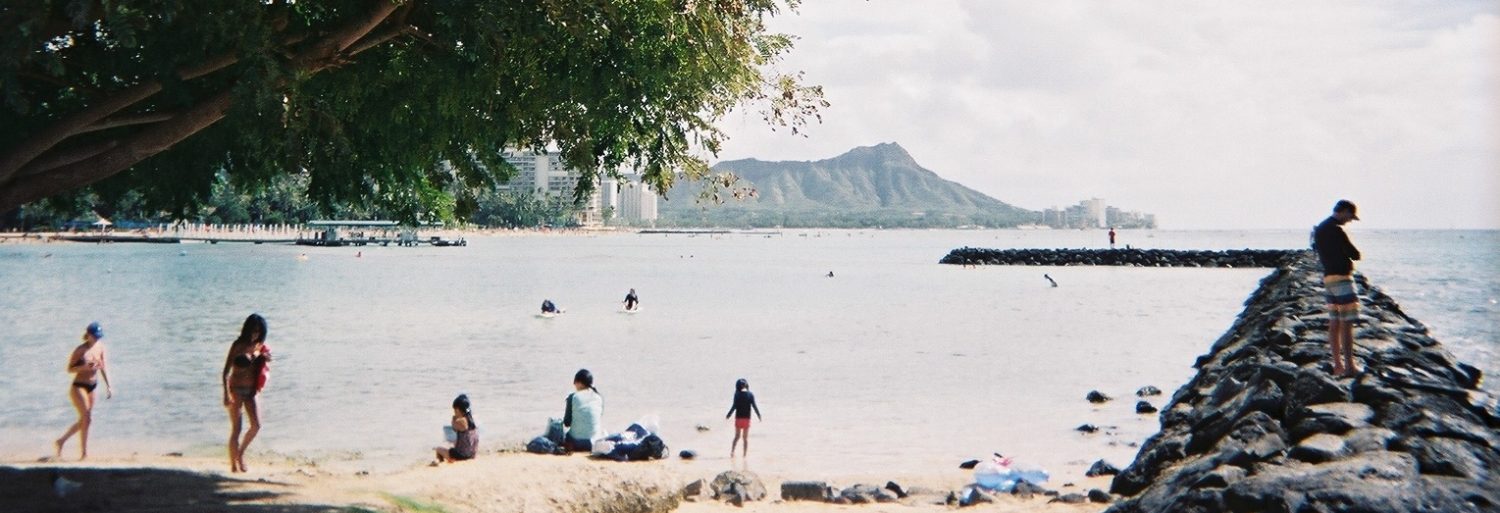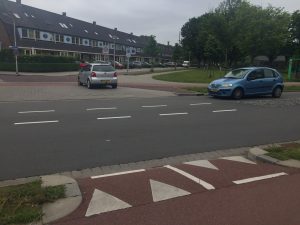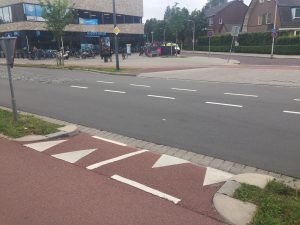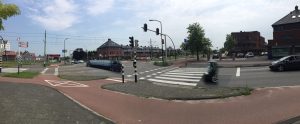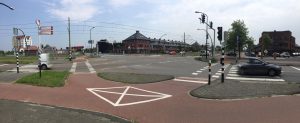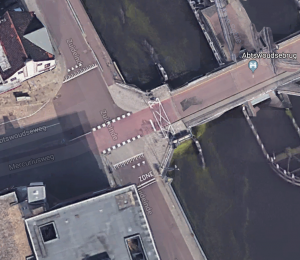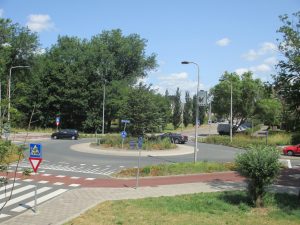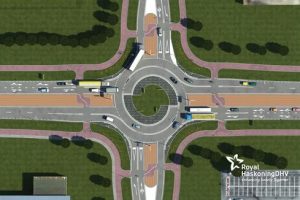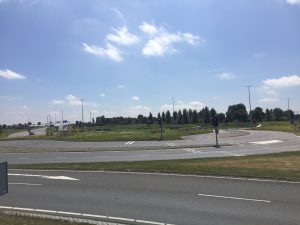No Control:
With no control intersections, these intersections are exempt from having lights, signs or signals at the crossing. At these intersections, traffic flow continues to be the same as others, but instead, it lacks signages to direct how traffic should move, Typically the space is shared between both drivers, cyclists, and pedestrians, which can be hard to get around the intersection. Mostly, cyclists have the right of way, with drivers yielding. With these intersections, it does allow drivers to become aware of their surroundings, not knowing what may or may not happen at these no control spaces.
Signals:
Signals are the traditional intersections that we experience, especially back home in North America. With signals, they are intersections with lights installed and present, in directing traffic flows. With this signal stop, drivers, cyclists, and pedestrians each have their own signals to remind them of when, where or how to approach the intersection.
Signs:
Image Source: Google Maps
Signs are also another intersection we typically see back home in North America. Similar to the concept of 4-way stops, although there’s not specific light or traffic control, these signs help direct users how to approach the intersection. With this sign intersection, although there are no traffic controls or directions, users can clearly determine how to approach the upcoming intersection, leaving drivers to also having to be aware of the shared users within the space.
Roundabouts:
Image Source: https://psudelft2015drewdevitis.wordpress.com/
Roundabouts are a continuous circular traffic flow. Unlike the previous three; no control, signals and signs, roundabouts promote continuous circular traffic flow, which has also shown a large improvement in avoiding collisions and accidents. With roundabouts, they move traffic to continuously move along, yet slowing down driving speed. Traffic is not required to stop, but instead should yield to moving traffic within the roundabout, then safely entering the zone. In comparison to no control, signals, and signs, roundabouts are a much safer and more cost-efficient option.
image source: http://www.aviewfromthecyclepath.com/2013/06/when-going-dutch-doesnt-mean-what-you.html
Turbo roundabouts are a new type of modern roundabouts, where they incircle in a spiraling direction, leaving drivers to choose their right of direction to drive towards. It was first introduced within the Netherlands in the late 1990s, as being the safer and more efficient option for roundabouts. With traditional roundabouts, especially multi-lane roundabouts, many points of conflicts were still being introduced and plausible in occurring. Since the introduction of turbo roundabouts, the Netherlands has about 300 turbo roundabouts present within the country. Through the turbo roundabouts, there has been a significant reduction in collisions between vehicles, pedestrians, and cyclists. Additionally, the turbo roundabouts have successfully helped lower driving speeds and driver awareness when passing through the space.
